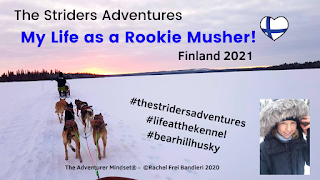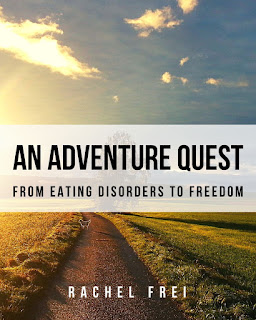Mapping
An essential part of any long-distance trek and a very enjoyable stage of the preparation.
I definitely prefer the "old" way to plan my route to merely downloading the track on a GPS. I need to see the distance, to draw the trail, to imagine myself there, to figure out what the terrain looks like, the alternative routes, etc. I need to see the whole picture. And I've never been able to get the same dimension on a small screen. So even though I will take a GPS as a backup and safety tool -, I mainly work on and with paper maps. One major advantage and not the least: they are never running out of charge!
- finding and marking the trail
- scanning the maps
- dividing them in A5 sections
- printing and assembling A5 maps in a handy-to -travel-with booklet
Trail Markings
The Nordkalottleden Trail is made-up of several old trails and new barely traveled trails.- In Finland the trail is marked with white 40-cm-high wooden poles which have orange tops.
- In Norway the trail is marked on stones with paint signs.
- In Sweden the trail is marked with red crosses and signs with route symbols.
On the maps: wide open spaces and wilderness, kilometers of tundra, some greener canyons and woodlands, thousand of lakes and rivers, more mountains and valleys, some villages, wilderness huts, a few power lines.
Stages
My intention is to run&hike 40km per day. The distance we will manage to cover every day will depends on many factors, some of them specifically related to mapping and orientation being the ascending elevation, the existence or absence of marking and the type of terrain. Other factors are inherent to this kind of adventure: the Striders' health and fitness, route and weather-related hazards, etc. Therefore the stages I plan are theoretical and an indication to help me once out there. There are in no way final and unchangeable. I also plan 2x 1 day or half day break.
Some facts and figures

12 maps:
- 11 Norge-serie - 1:50'000 scale: Guovdageaidnu, Reisadalen, Fallecearru, Skibotndalen, Dividalen, Kebnekaise, Narvik, Tornetrask, Tysfjord, Akkajaure, Sulitjelma.
- 1 Fjällkartan - 1:100'000 scale - Kvikjokk-Jakkvik
- double-sided
800km with 380km in Norway, 350 km in Sweden and 70km in Finland One cultural region: Sápmi (Lapland), the land of the Sámi people
International borders crossed 15 times
Supply points with estimated distances in between:
- Kilpisjärvi/FI - 190km
- Abisko/SE - 190km
- Vaisaluokta fjällstuga/NO - 250km
- Kvikjokk arrival/SE - 200km
- 20 days hike
- 2-3 days off (or with less mileage).
- max of 25 days on the trail
- and if we can be faster, we will!! :)
The Striders - Planning the route
 Reviewed by Rachel FB - The Striders
on
May 23, 2015
Rating:
Reviewed by Rachel FB - The Striders
on
May 23, 2015
Rating:
 Reviewed by Rachel FB - The Striders
on
May 23, 2015
Rating:
Reviewed by Rachel FB - The Striders
on
May 23, 2015
Rating:














No comments: